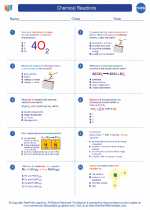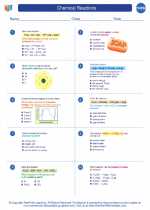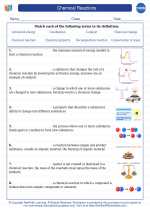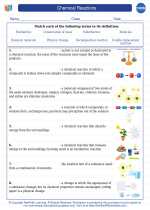Respiration
Overview
Respiration is the process by which living organisms take in oxygen and release carbon dioxide. In the context of human biology, respiration refers to the process of obtaining oxygen from the air and releasing carbon dioxide as a waste product.
Types of Respiration
In biology, respiration can be divided into two types: aerobic respiration and anaerobic respiration.
- Aerobic Respiration: This type of respiration requires oxygen and occurs in the presence of oxygen. It is the most efficient way for cells to produce energy and is the primary form of respiration in most organisms.
- Anaerobic Respiration: Anaerobic respiration occurs in the absence of oxygen. While it is less efficient than aerobic respiration, some organisms and cells can perform anaerobic respiration to produce energy when oxygen is not available.
Respiratory System
In humans, the process of respiration involves the respiratory system, which includes the lungs, diaphragm, and other respiratory muscles. The respiratory system allows for the exchange of oxygen and carbon dioxide between the body and the environment.
Study Guide
When studying respiration, it's important to understand the following key points:
- The difference between aerobic and anaerobic respiration
- The role of the respiratory system in the process of respiration
- The chemical reactions involved in aerobic respiration, including the role of glucose and oxygen
- The waste products of respiration and how they are removed from the body
- The factors that can affect respiratory health and function
Additionally, it's helpful to familiarize yourself with the various organs and structures involved in the respiratory system, as well as the mechanisms of gas exchange that occur during respiration.
Understanding the process of respiration is fundamental to understanding how organisms obtain energy and maintain homeostasis. By mastering this topic, you'll gain insight into the interconnectedness of biological systems and the importance of oxygen in sustaining life.
[Respiration] Related Worksheets and Study Guides:
.◂Chemistry Worksheets and Study Guides High School. Chemical Reactions

 Worksheet/Answer key
Worksheet/Answer key
 Worksheet/Answer key
Worksheet/Answer key
 Worksheet/Answer key
Worksheet/Answer key
 Worksheet/Answer key
Worksheet/Answer key
 Worksheet/Answer key
Worksheet/Answer key
 Vocabulary/Answer key
Vocabulary/Answer key
 Vocabulary/Answer key
Vocabulary/Answer key
 Vocabulary/Answer key
Vocabulary/Answer key
